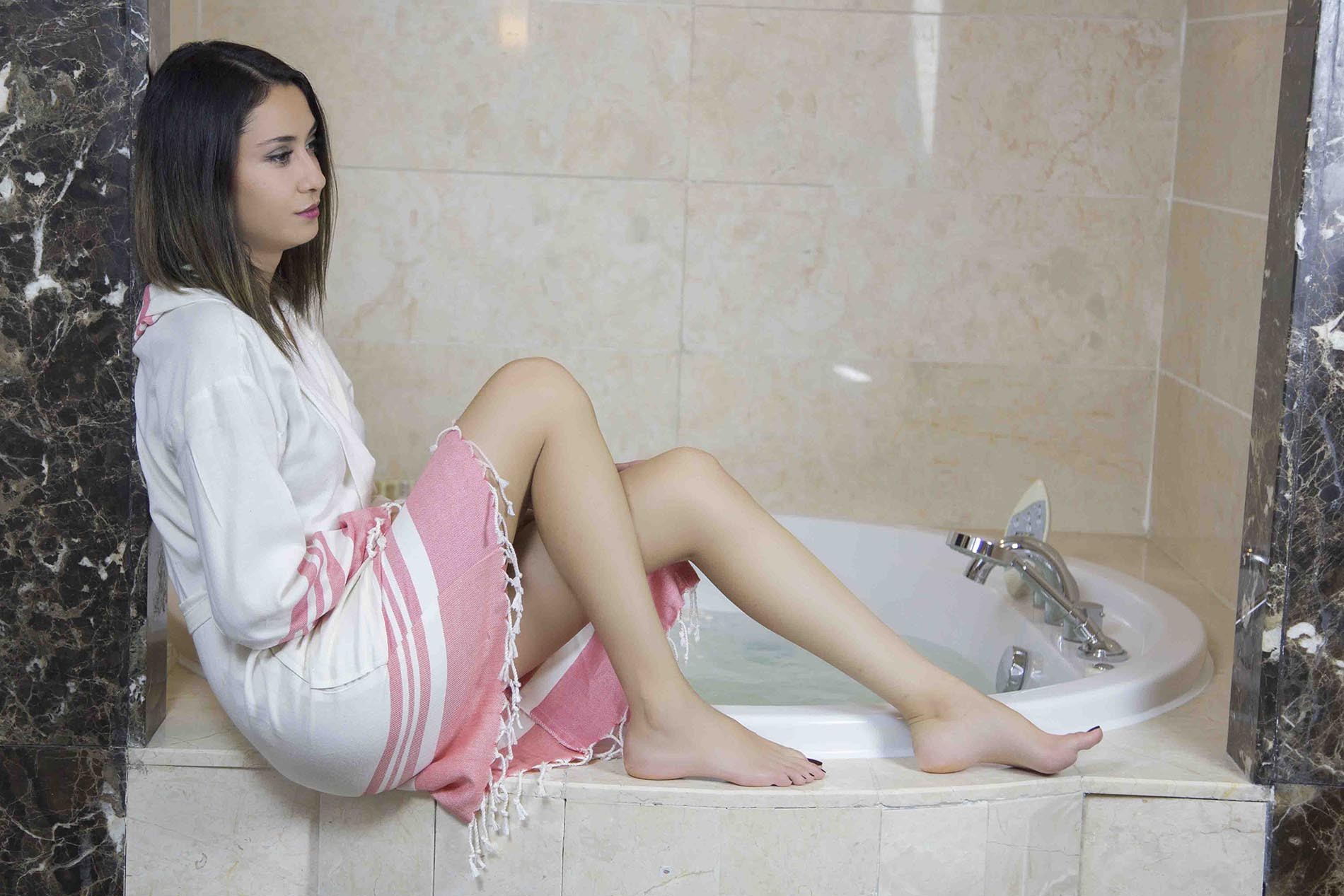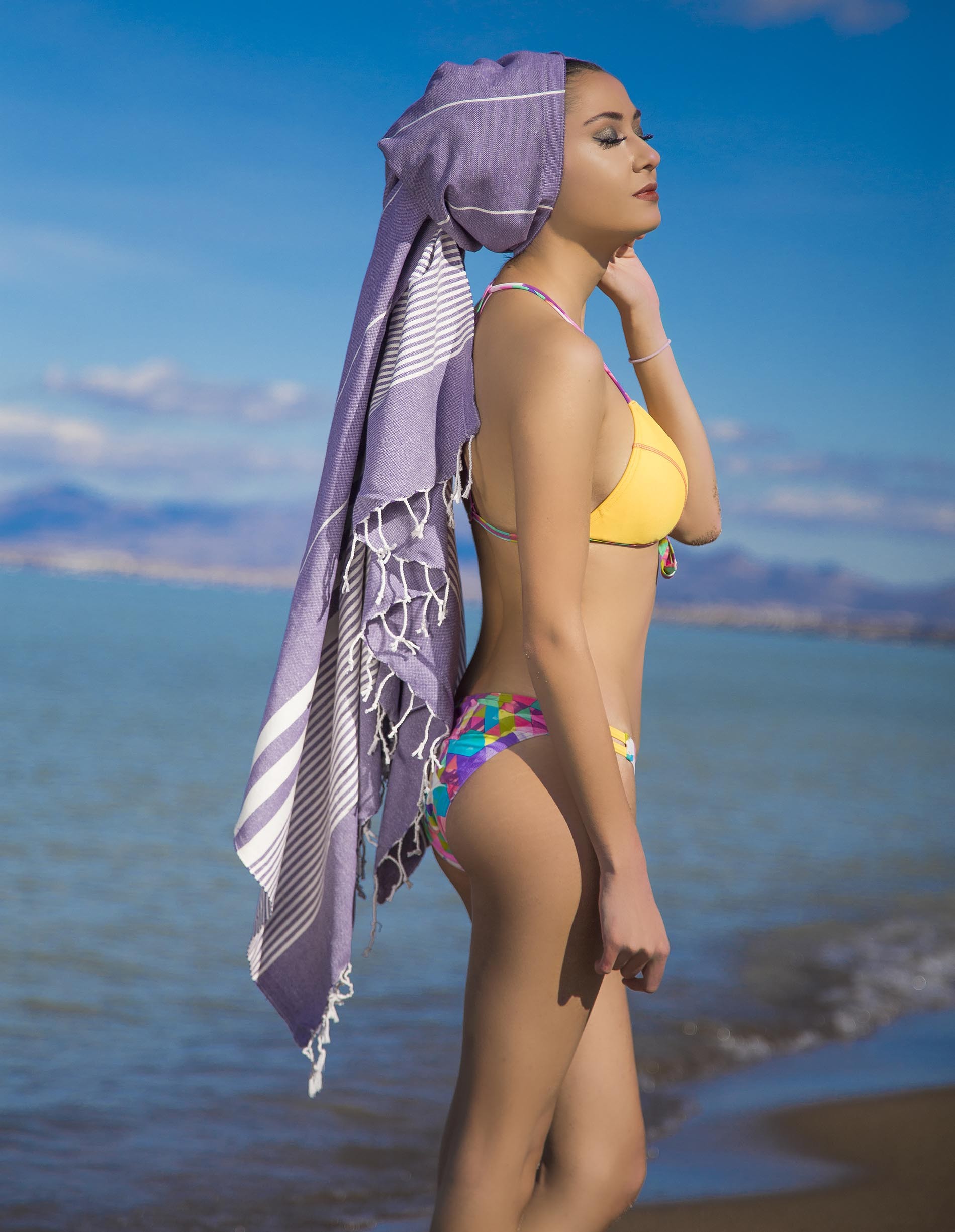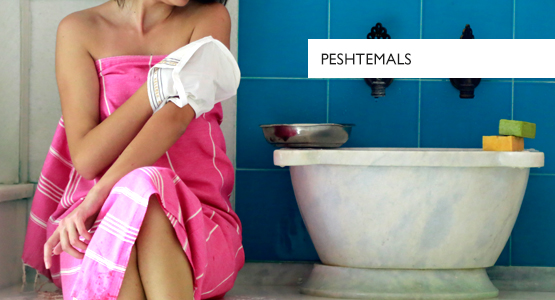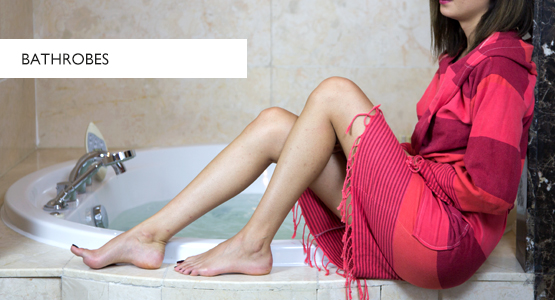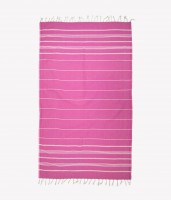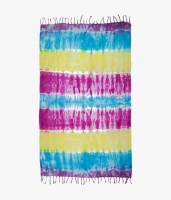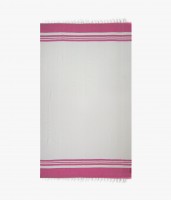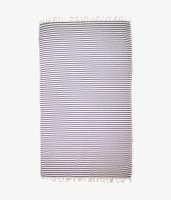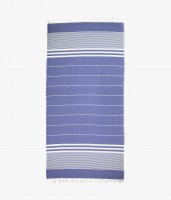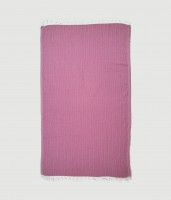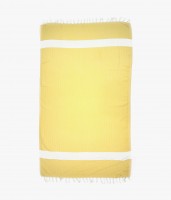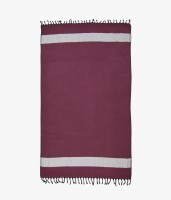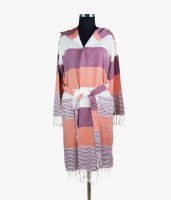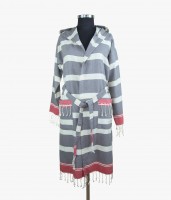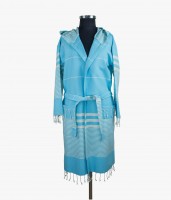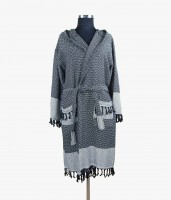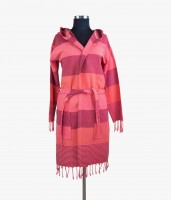- HOME
- ABOUT US
-
PESHTEMALS
- Cariye Sultan Peshtemal
- Taşlanmış Peshtemal
- Batik Boyalı Peshtemal
- Diamond Tuval Peshtemal
- Diamond Peshtemal
- Marin Bamboo Peshtemal
- Balıksırtı Peshtemal
- Kilim Peshtemal
- Harem Peshtemal
- Big Zigzag Peshtemal
- Efsun Peshtemal
- Zebra Peshtemal
- Round Peshtemal
- Black Zigzag Peshtemal
- Zigzag Peshtemal
- Moon Lihgt Peshtemal
- Elis Peshtemal
- Peşkir
- Black Tuval Diamond Peshtemal
- Benetton Peshtemal
- BATHROPES
- TUNICS
- BLANKET
- BAG
- CONTACT US
PESHTEMALS
BATHROPES
ABOUT US
Sabancisarioglu family's first activities related to weaving began with Mustafa Sabancisarioglu's weaving in pit looms. He sold the products he wore to neighboring villages and districts. Halil Sabancisarioglu, one of the six children, took three hand benches together and developed the weaving business. With the development of technology, weaving has moved from hand benches to black benches. Today, this legacy is taken from Metin Sabancisarioglu and his son Hakan Sabancisarioglu family elders. Especially Sabanci Textile, which focuses on the production of robe and bathrobes, supplies both domestic and abroad.
BULDAN'S FABRIC OF HISTORY
Buldan Bezi is made of cotton fabric on hand benches, semi-mechanic and full automatic benches, and is dried by natural drying methods. The fabric is called loaf because it is touched with curly yarn from original Buldan yarn. It is a healthy product that does not sweat and is not allergic because it is 100% cotton. Buldan bezi is confronted in many areas of our lives today. These; dress shirts, men's and women's shirts, blouses, nightgowns and dresses, tunics, trousers, shawls, shawls, etc. The Ottoman State provided Buldan with some of the palette weaving needs. Buldan Bezi in the Ottoman Palace, as a dress for the princesses, for ladies sultans, reputation as an embroidery in dowries. Ertuğrul Gazi's intercourse touches Barbaros' bouquet, Buldan's young Osman's shirt, Buldan. These personal items are exhibited at the Topkapı Palace. The first appearance of the Buldan bezier was in Anatolia. It is based on 6 thousand years. The remains of Buldan bezi and first hand weaving looms have surfaced in archaeological studies.

